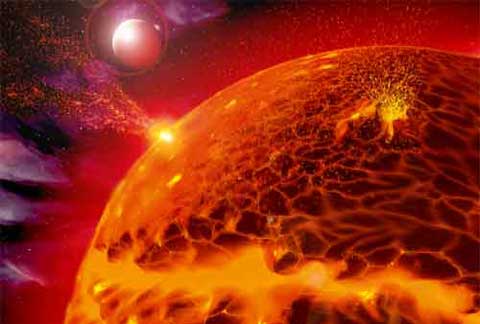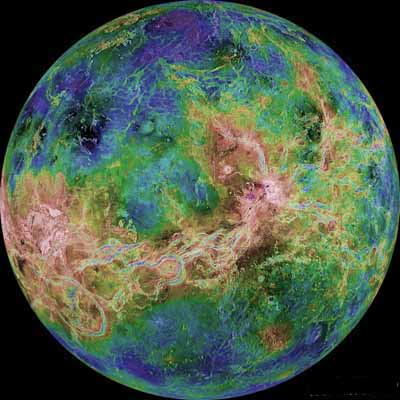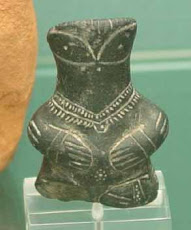
Above: crackpot pseudoscientist Alan Guth demonstrates his lack of organizational skills.
John Matson: Star physicists trade barbs over cosmological model.
A tony social club in midtown Manhattan is not the place one might expect to find a verbal sparring match between famous physicists. But that was the case April 23 at the Harmonie Club, when Alan Guth and David Gross had a feisty off-the-cuff debate about Guth's model for the dawn of the universe. Perhaps in keeping with their genteel surroundings, the two kept their jabs mostly playful, but a few may have stung nonetheless.
The exchange took place at a physics symposium hosted by the City College of New York (CCNY) at which both Guth and Gross gave lectures. Guth, a physics professor at the Massachusetts Institute of Technology renowned for his role in developing the concept of cosmological inflation in the early 1980s, had just given brief remarks introducing some of the concepts he would cover in a later lecture. Inflation holds that the entire observable universe began as a bubble that underwent extremely rapid growth, doubling in size every 10–37 second, before a more gentle expansion took over. Many of its predictions mesh well with precision measurements taken by probes such as NASA's WMAP spacecraft, making inflation one of the leading—if not the leading—explanation for what went on in the very early universe.
The model implies that although inflation came to an end billions of years ago in our local universe, it continues apace beyond our cosmic horizon and will for eternity. Our bubble, then, is just one of many—a universe within a multiverse—each of which might have its own laws of physics. As such, Guth said, the parameters of our physical world might be nothing more than a historical accident. That did not sit well with Gross, who earned a share of the 2004 Nobel Prize in Physics by exploring those parameters, unwinding the dynamics of the strong force that binds quarks together in protons and neutrons.
"In reaction to that last talk—oy vey," said the Israel-educated Gross, who directs the Kavli Institute for Theoretical Physics at the University of California, Santa Barbara. (He also sits on Scientific American's board of advisers.) Gross called Guth's concept of eternal inflation somewhat speculative, noting that if other universes do exist, they are causally disconnected from ours—"every goddamn one of them." As such, Gross added, talk of other universes "does bear some resemblance to talking about angels."
When Guth began his full lecture later in the afternoon, he got a dig in at Gross, poking fun at his colleague's late arrival. Gross had been scheduled as the symposium's first speaker but was not at the Harmonie Club at the appointed hour, a mishap that he attributed to a time-zone change. Guth noted that his ideas had been "maligned by someone who doesn't know how to set his alarm clock." (Anton Zeilinger of the University of Vienna, another Scientific American adviser who had been booked to speak second, moved into Gross's slot and delivered a humorous and engaging talk about quantum entanglement and quantum information systems.)
Toward the end of his talk, Guth set out to address one catch in his model: that the energy density of empty space is far lower than would be expected in a typical corner of the multiverse. It's so low, in fact, that the likelihood of finding ourselves in such a place is about the same as flipping a coin 400 times and getting heads every time.
But maybe there is a selection effect in place, Guth suggested—that is, maybe life can only take hold in universes with weak vacuum energy. As an analogue, he said, we find ourselves on a highly unusual place within our universe—on the surface of a planet instead of, say, inside a star or out in empty space. We don't think of that as strange; we simply accept that we live in a place that permits life. The same might be true of bubble universes within the multiverse—the universes that are hospitable to life, rare though they may be, will be the only ones with inhabitants. Perhaps we just find ourselves in a highly atypical habitable universe embedded in a largely unwelcoming multiverse.
The inhabitants of our universe are then free to hypothesize and argue with their esteemed colleagues about the nature of the cosmos—and to drop the occasional zinger in the process. "The selection effect is both logical and scientific, and it could be right," Guth said. "I don't know if that contradicts 'oy vey'."






























